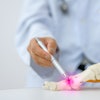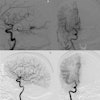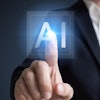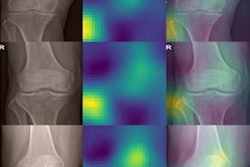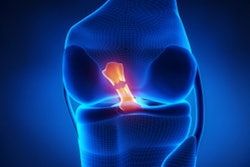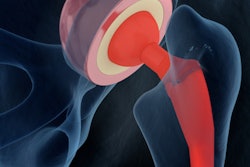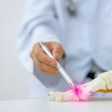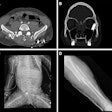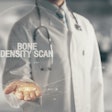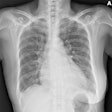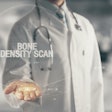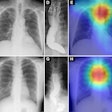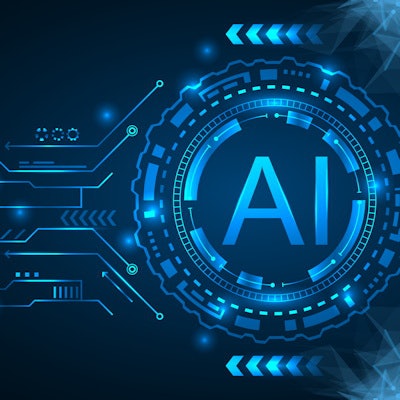
Artificial intelligence (AI) algorithms can automatically identify orthopedic implant models on radiographs, aiding in preoperative planning of revision arthroplasty, according to a U.K. study published March 17 in Radiology: Artificial Intelligence.
Researchers led by Dr. Ravi Patel of Imperial College NHS Trust in London, England, developed a deep-learning algorithm that surpassed the accuracy of five senior orthopedic specialists for identifying the specific implant model on radiographs.
"Real-world application can be readily realized through training and evaluation on a broader range of implants and joints, to improve clinical care, save clinician time, and reduce healthcare costs," the authors wrote.
Preoperative planning for revision arthroplasty requires that metallic orthopedic implant designs are identified in order to ensure the compatibility of modular components and extraction tools, according to the researchers.
"However, with patients changing hospitals and operative records not always adequately detailing the implant, 10% of implants remain unidentified preoperatively, associated with poorer surgical outcomes, time burdens on clinical staff, and increased healthcare costs," they wrote.
Patel and colleagues sought to develop a neural network to classify hip and knee implants on radiographs. They first gathered and collated 1,972 unilateral anterior-posterior radiographs of hip and knee implants that were acquired between March 2015 and November 2019 at a tertiary orthopedic center and had the implant model specified in the operative records.
The researchers excluded cases for containing implant models that had fewer than 50 example radiographs and for technical reasons with x-ray image quality. They were left with a dataset of 922 hip and 427 knee radiographs from 650 patients. They included 12 implant models -- eight hip and four knee implant models -- that encompassed most implants seen at tertiary orthopedic centers, according to the authors.
They then developed seven different convolutional neural network architectures using a training set of 918 radiographs from 396 patients and a validation dataset of 98 patients. The algorithms were then tested on an independent dataset of 180 radiographs -- 15 per implant -- from 156 patients.
The best results were produced by an ensemble of the best-performing original radiograph classifier network with the best-performing two-channel conjoined original and zero-masked radiograph classifier, according to the investigators.
"Since the model is limited by being unable to identify implants not trained on, we provide example radiographs of the [first, second, and third] most likely predicted implants with each prediction," they wrote.
They compared the algorithm's performance for identifying the specific implant model with that of five senior orthopedic specialists. These expert readers included three consultant orthopedic surgeons and two senior associate orthopedic surgeons with clinical experience ranging from 20 to 25 years, according to the researchers.
| Performance of AI for identifying orthopedic implant models on radiographs | |||
| Median human expert performance | Best human expert performance | Best-performing AI model | |
| Accuracy | 76.1% | 85.6% | 98.9% |
The network is able to distinguish implants with similar appearance, according to the authors.
"We expect performance to be robust with retraining on a broader range of implants and joints, with the gap between network and expert performance widening," they wrote.

